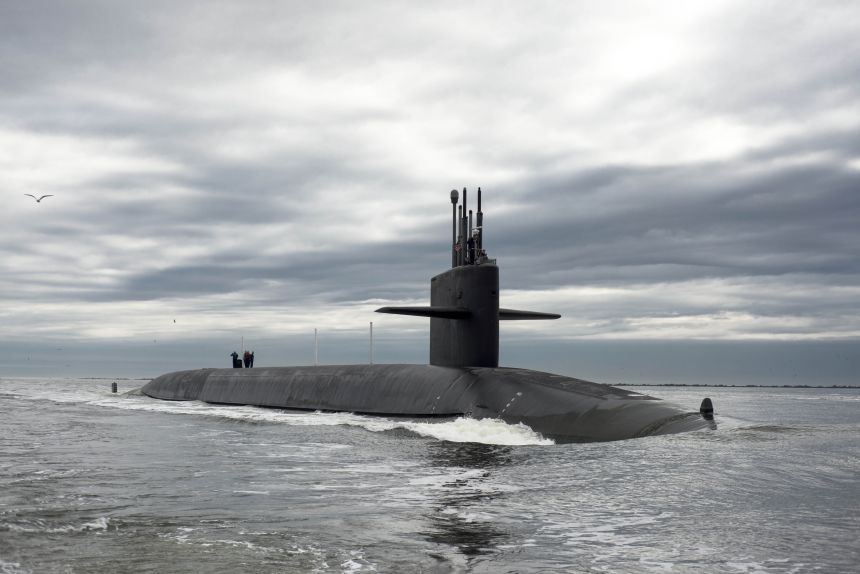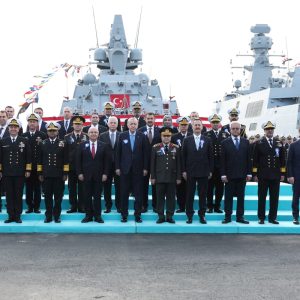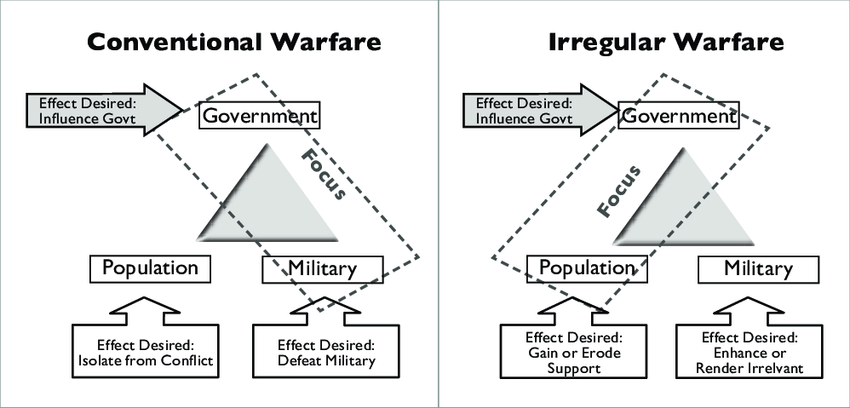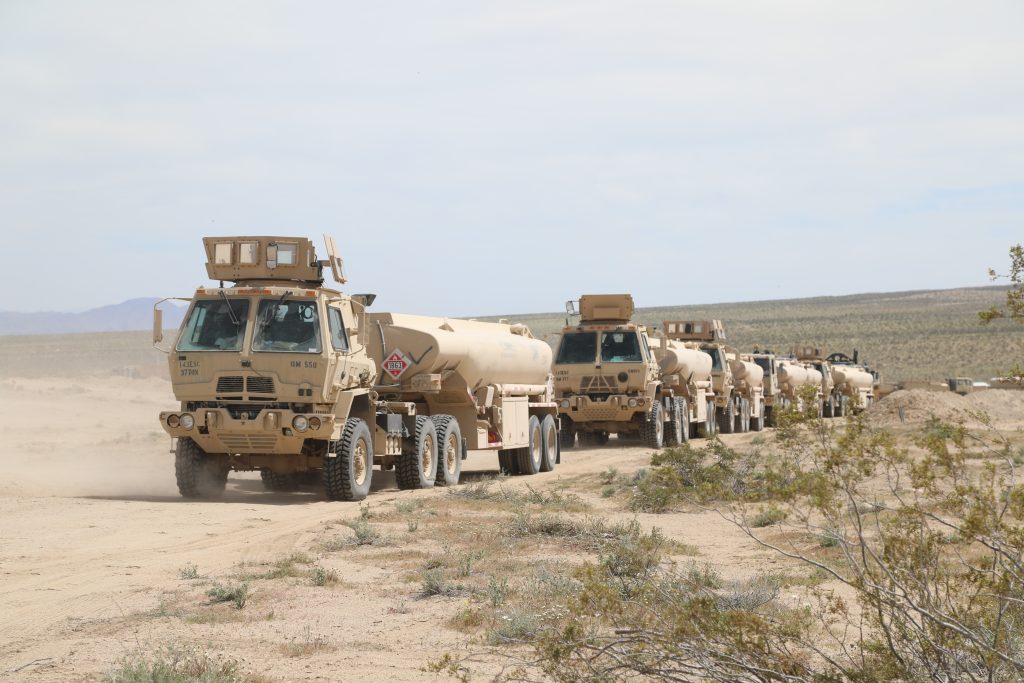WASHINGTON – The decision by U.S. President Donald Trump to publicly announce the repositioning of two nuclear-powered submarines in response to Dmitry Medvedev’s veiled nuclear threats has raised global concerns about escalation dynamics, deterrence stability, and U.S. nuclear signaling doctrine. This editorial examines the policy implications, historical precedents, and potential long-term risks of blending military posture adjustments with political rhetoric in a nuclear context.

A Nuclear Gesture with Outsized Symbolism
For decades, U.S. nuclear deterrence strategy has relied on a principle of deliberate ambiguity—avoiding public commentary on force movements to maintain operational secrecy and strategic stability. Trump’s decision to announce submarine repositioning on social media, even if largely symbolic, deviates sharply from this tradition.
Unlike conventional military assets, ballistic missile submarines (SSBNs) are designed to be invisible guarantors of second-strike capability. Publicizing their movements serves no tactical purpose since they are already strategically placed to ensure assured retaliation. Instead, the announcement transforms a routine aspect of nuclear deterrence into a political instrument—a shift that many arms control experts fear could erode decades of crisis-management protocols.
“You never want nuclear weapons policy conducted on social media,” warned Daryl Kimball of the Arms Control Association. “The risks of misinterpretation far outweigh any perceived deterrent value.”
Historical Lessons: When Nuclear Signaling Backfires
History offers sobering lessons about public nuclear signaling. During the Cuban Missile Crisis (1962), both the U.S. and Soviet Union avoided overt declarations about nuclear deployments, relying instead on backchannel diplomacy to avoid miscalculation. Similarly, NATO’s Cold War nuclear posture was deliberately opaque, emphasizing that credible deterrence stems from readiness, not public threats.
More recent U.S. doctrine, outlined in the 2018 Nuclear Posture Review, emphasizes restraint in nuclear communications to prevent “commitment traps” that limit policy options and escalate crises unnecessarily. Trump’s latest statements, particularly the ultimatum of a 10-day deadline for Russia to accept a ceasefire, risk creating precisely such traps, where failure to act on threats damages credibility, while acting on them could lead to catastrophe.
Medvedev’s Rhetoric: Harmless Bluster or Kremlin Signaling?
Dmitry Medvedev, once seen as a Western-friendly figure, has transformed into one of Moscow’s most aggressive anti-Western voices since 2022. His statement about “last resort nuclear capabilities” fits a pattern of Russian escalation rhetoric aimed at deterring Western involvement in Ukraine. While U.S. officials have publicly downplayed his threats, their persistence underscores a worrying normalization of nuclear blackmail in modern statecraft.
Analysts debate whether Medvedev speaks only for himself or channels Kremlin doctrine. Russian military writings frequently reference “escalate-to-deescalate” strategies, implying limited nuclear use could coerce adversaries to retreat. In that context, Trump’s public submarine order might feed Moscow’s narrative that Washington is preparing for nuclear confrontation, potentially justifying reciprocal actions by Russia.
The NATO Dimension: A Test for Alliance Cohesion
NATO’s nuclear policy has traditionally avoided public saber-rattling. By bringing submarine movements into the political spotlight, Trump risks creating messaging dissonance with allies, especially those advocating for restraint and arms control diplomacy. European capitals are wary of appearing to endorse nuclear brinkmanship while simultaneously working to sustain NATO’s deterrence posture amid the Ukraine conflict.
This divergence may complicate future Alliance consultations under NATO’s Nuclear Planning Group, undermining efforts to project unity in the face of Russian aggression. It also provides Moscow with an opportunity to exploit perceived fractures between Washington and its European partners on nuclear risk management.
Policy Analysis: Three Possible Outcomes
1. Short-Term Deterrence Effect (Low Probability)
Trump’s order might temporarily signal resolve, deterring further Russian nuclear rhetoric. However, experts note that Russia already assumes U.S. SSBNs are on alert, making the public statement unlikely to change Kremlin calculations. If anything, it validates Russian claims of U.S. hostility, justifying future threats.
2. Escalatory Spiral (Medium Probability)
Public nuclear signaling risks a tit-for-tat exchange of threats, raising the chance of misinterpretation or accident. Moscow could respond by conducting visible strategic exercises, deploying dual-capable missiles near NATO borders, or escalating its own rhetoric, bringing Europe closer to a nuclear standoff reminiscent of Cold War crises.
3. Erosion of Arms Control Norms (High Probability)
By politicizing nuclear deployments, Trump may undermine longstanding norms against using nuclear weapons as political bargaining chips. With New START set to expire in 2026 and no replacement treaty in sight, the erosion of these norms could accelerate a destabilizing global arms race, further diminishing crisis stability between nuclear powers.
Expert View: Strategic Silence Is the Real Deterrent
Strategic deterrence depends on the adversary’s uncertainty about U.S. retaliatory capabilities, not public declarations. The assured second-strike capability of Ohio-class submarines already guarantees that any nuclear attack on the U.S. would invite overwhelming retaliation. Public announcements of submarine movements neither enhance deterrence nor increase security; they only risk escalating tensions.
Hans Kristensen of the Federation of American Scientists summarized this best: “The subs are always there. Announcing their movement adds no value—except to political theater.”
Conclusion: Nuclear Diplomacy Requires Discipline, Not Tweets
In the high-stakes world of nuclear deterrence, words matter as much as missiles. Trump’s move illustrates how political impulsiveness can bleed into strategic decision-making, increasing nuclear risks without tangible benefits. History, theory, and practice all suggest that measured, private communication is the cornerstone of nuclear stability.
If the objective is to compel Russia to negotiate an end to its war in Ukraine, leveraging nuclear signaling is a perilous gamble. True strength in nuclear diplomacy comes not from public threats, but from disciplined, credible deterrence paired with sustained, high-level dialogue. Anything less risks turning nuclear weapons into tools of political theatrics—an outcome the world can ill afford.
Read more on U.S. Nuclear Posture and Deterrence Theory.
Full original report on Reuters.
Additional data on nuclear stockpiles is available via SIPRI.














